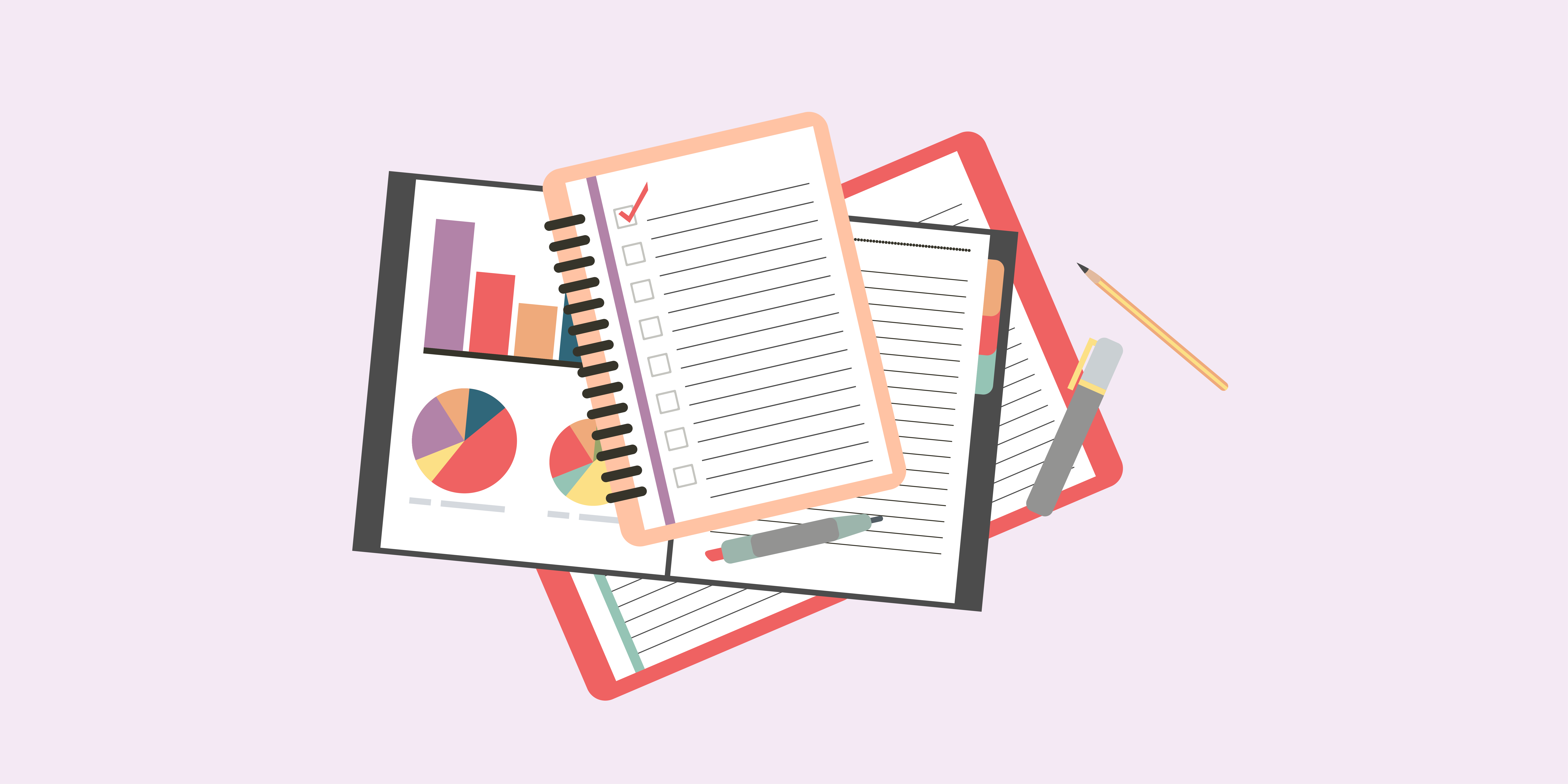December can be a hectic month. You’re wrapping up the year at work and planning for the holidays, so who has time to think about their finances apart from trying to stay on budget when gift shopping?
But according to experts, there are certain deadlines, tax considerations, and bits of housekeeping you can do to maximize your investments, savings, and taxes before the year is out.
Registered accounts
When it comes to your Registered Retirement Savings Plan (RRSP), Registered Education Savings Plan (RESP), First Home Savings Account (FHSA) and Registered Disability Savings Plan (RDSP), it’s important to “review what you have available for contribution room, and look at maximizing those contributions,” says Cassandra Cross, a wealth advisor and client relationship manager with Nicola Wealth in Alberta, noting those are ways to reduce taxes and grow tax-sheltered income.
“Also take advantage of various government grants that are out there, (such as) education savings grants, as well as disability grants.”
The annual deadline to contribute to your RESP is December 31st. You can use the last month to max out your contribution in order to get up to a maximum of $500 annually from both the Canada Learning Bond (CLB) and the Canada Education Savings Grant (CESG).
The RDSP also has a deadline of December 31st to make contributions and apply for the RDSP Grant and Bond. This is important, as the federal government will pay a matching grant of up to 300% depending on the beneficiary’s adjusted net income and the contribution amount.
● RRSPs: The deadline for RRSP contributions isn’t until February 29th, 2024 but there are things you can do now, says Samantha Sykes, a senior investment advisor with Raymond James in Toronto. “You want to make sure you didn’t contribute in excess of your RRSP and TFSA contribution (limits). So withdraw any excess contributions immediately to stop any penalties from accruing further, or consider maximizing in advance of December 31st.”
Sykes says not to rely entirely on the contribution limit stated in your MyCRA account. “I’m finding so many people forget that you log into MyCRA, but it does not update throughout the year.”
If you’re turning 71 in the next calendar year, you have to convert your RRSP into a Registered Retirement Income Fund (RRIF). However, as both Cross and Sykes point out, don’t do that without consulting with your advisor.
“Talk to your advisor about the order of what you’re withdrawing and how to, and also how to minimize tax or OAS (Old Age Security) clawback,” says Sykes. Even if you aren’t turning 71 yet, Cross adds, there might be advantages to converting your RRSP to a RRIF.
“There may be benefits for converting earlier, where you can take advantage of certain things like the pension income tax credit.”
● TFSA: The federal government raised the TFSA contribution limit to $7,000 for 2024, so plan your budget accordingly. However, if you need to take money out of your TFSA, now is the time to do it, because you only have to wait 4-5 weeks before you can replace it instead of an entire year if you withdraw it in January.
● FHSA: The FHSA is the latest registered plan announced by the federal government. It allows for first-time homebuyers to save for a downpayment. You get a tax deduction on contributions like an RRSP and you can withdraw tax-free like a TFSA. If you qualify for the FHSA, it’s in your best interest to open one immediately, says Cross. “One of the nuances with the FHSA is in order to earn contribution room, the account actually needs to be physically opened in the calendar year,” she says. She has been encouraging interested clients to open an FHSA account so they have the $8,000 of contribution room.
Insurance policies
One thing people forget about is their insurance policies, says Elke Rubach, owner of Rubach Wealth in Toronto, who encourages clients to talk to their insurance advisor because they might have options while their health is good. “Do you still need insurance and what are the pros and cons of having it? Is that a tax planning tool? Or is it still a risk management tool when you buy insurance?”
Investments
● Tax-loss selling: December is also a good time to look at your investment portfolio. If your investments went down in value, consider selling them before December 31st to offset any capital gains on other investments that gained in value.
● Alternative Minimum Tax: The Alternative Minimum Tax is currently at 15 per cent but will rise to 20.5 per cent in 2024. This change will affect a minimum number of Canadians, mostly high-net worth families, says Rubach. “This is mostly for people who need to care about lifetime capital gains exemptions and selling small business shares,” Sykes adds.
● Investor fees: Everything has gone up thanks to inflation. If you work with an advisor, now is the time to ask them if their fees have gone up. You might be pleasantly surprised, says Cross, whose company is reducing fees due to updated technology and work efficiencies. However, if your fees are going up, make sure you understand how that might affect your short- and long-term investment and savings goals.
What else?
This is the time when you want to collect all your receipts and make sure you’ve made all the contributions. “The absolute last day to complete any charitable contributions for 2023 would be (December) 31st if you’re doing it in cash,” says Sykes, who recommends that you do it a week in advance so it makes the end-of-year deadline. Now is also the time to pay any tuition, childcare and medical costs so you can deduct or claim them on your tax return next year.
It’s also a good time to see if your will and estate plan are up-to-date, Rubach adds.
All three advisors said that no matter what you review, if you have any questions, reach out to your advisor.
“Get a financial plan,” says Rubach. “Because people have things in bits and pieces and a financial plan is at least the blueprint of everything included.”





